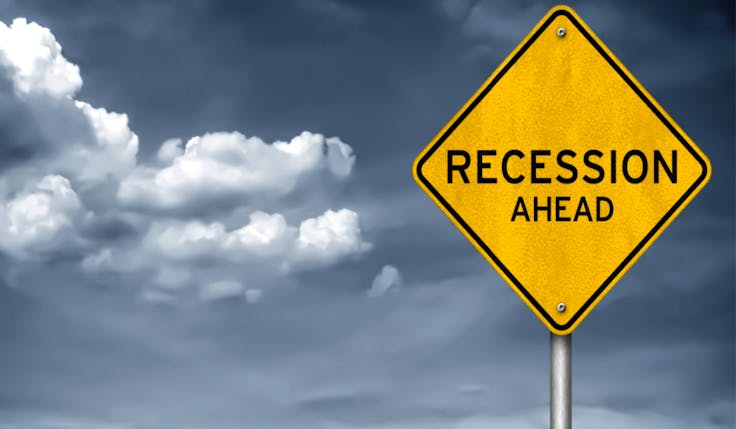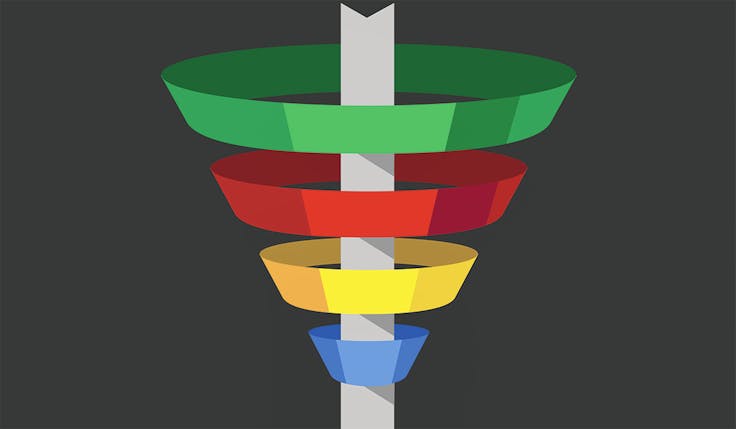Targeting ‘nine-enders’: Why age is much more than a number
Research shows consumers make changes when landmark birthdays approach, but few brands target people based on these important ages.

Out with the old, in with the new.
January really is a gift for every marketer – especially if you’re involved in anything remotely virtuous. Now is the time when we’re all determined to pick up a new kale/charity/early-morning swim habit.
It’s called the fresh-start effect and has been extensively studied by the Wharton behavioural scientist Katherine Milkman. Her findings provide evidence that people are more likely to adopt new behaviours at times of “temporal discontinuity” – that is, new time periods. Whether it’s a new day, a Monday, the start of a month or – the biggie – new year.
She argues that this effect is driven by our strong desire to be consistent. And when we enter a new time period, our relationship with our past self is weakened and it becomes a little bit easier to change our behaviour.
In her well-known 2014 study, Milkman, along with Hengchen Dai and Jason Riis, examined three behaviours:
- Dieting
- Gym usership
- Commitments to pursue new goals, such as quitting smoking
All increased at the start of new time periods.
And it’s not just time periods that count. Discontinuity can be more than temporal. The same disruptive effect is brought about by significant life events – such as getting married, starting a new job or moving house.
Big birthdays matter
These are pretty well known and commonly exploited targets for marketers. But there is a lesser-known one that could offer you a distinctive angle — birthdays. And, specifically, big birthdays. The big three-0, four-0 and so on.
There’s good evidence that people whose age ends in nine, or ‘nine-enders’, are more likely than any other age to make significant life changes.
In 2014, Adam Alter and Hal Hershfield, at NYU and UCLA respectively, analysed data from 42,063 respondents to the World Values survey. This is a massive social sciences data set spanning 100 countries, examining a huge range of cultural values, attitudes and beliefs. They found that radical shifts occurred more often among those who were approaching a new decade of life.
There’s good evidence that people whose age ends in nine, or ‘nine-enders’, are more likely than any other age to make significant life changes.
These findings were based on survey data, ie claimed data, but the researchers looked at other datasets too, including observed data. This backs up their theory.
They found that nine-enders were 48% more likely to sign up to their first marathon. But it’s not all positive change – the researchers also looked at profile data from affairs dating site ashleymaddison.com, which revealed that men were 18% more likely to sign up when their age ended in a nine. And, perhaps surprisingly, the US suicide rate showed a statistically significant increase among nine-enders too.
Together, these results show that upcoming big birthdays really do present moments of significant reflection. We don’t think of time progressing in an even manner, so landmarks such as approaching a new decade trigger us to become more reflective. It’s a period during which unthinking habits may be overturned.
So what can you do?
These findings highlight an opportunity to target customers at a time when they are open to change. From a practical perspective, it should be fairly easy to reach the one in 10 customers who are nearing a milestone birthday.
First, use your own customer birthday data, if you have it, to retain your customers, since they will be at risk of shopping around and trying out your competitors.
And second, harness data sets from any digital provider that captures birthdays – Facebook being an obvious option – to win over new customers while they’re reassessing their lives.
There’s a compelling economic argument for using this data. Many media, especially search and programmatic, are bought by auction. There’s an idea called the winner’s curse, which suggests that auction winners tend to pay over the odds. This is particularly likely to happen if auctions involve a high number of bidders. But few people bid specifically on nine-ender data. If you do, you’ll have the edge, and hopefully avoid the curse.
So, if you’re starting the new year with renewed motivation, maybe a novel marketing approach should be on your list. Why not start by searching out those customers who are pondering their next decade? And be a brand that inspires them.
Richard Shotton is founder of the consultancy Astroten and author of The Choice Factory, a book about applying behavioural science to advertising. He tweets at @rshotton.
Will Hanmer-Lloyd is head of strategy at Total Media.







Comments